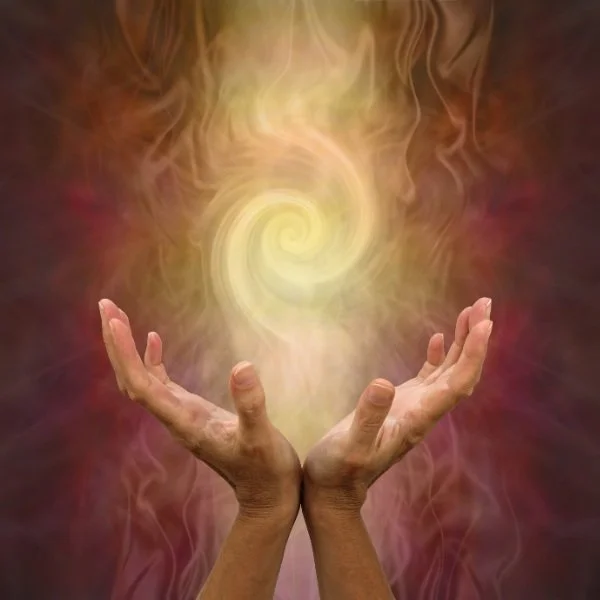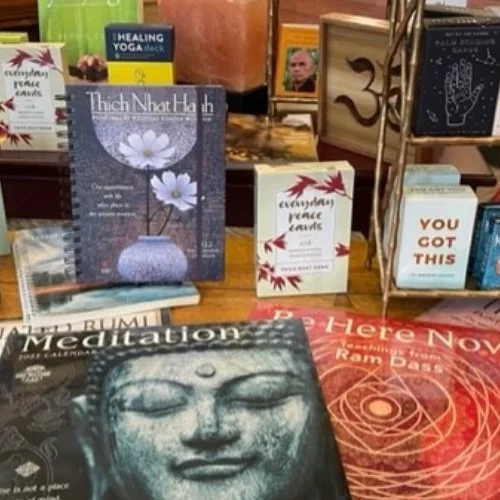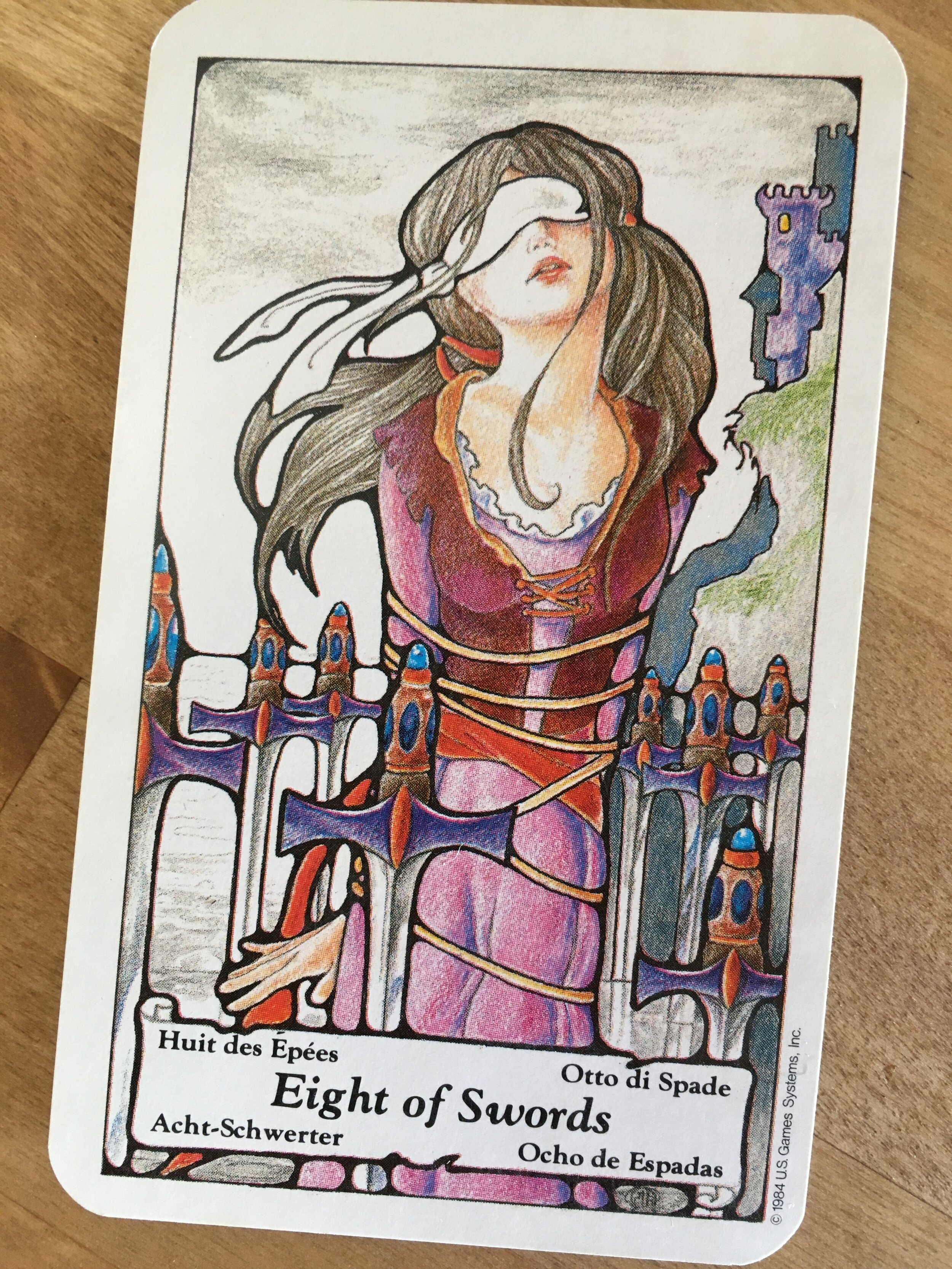The Bhagavad Gita: Ancient Wisdom for Modern Times
/By Tracy Hovde - Last Updated: September 12, 2024
statue of Arjuna - Illussion, cc by 3.0 via wikimedia commons
The scene opens in the early morning hours. Arjuna, prince and mighty warrior, stands with his chariot driver, the great god Krishna in disguise. The two look over the battlefield of Kurushetra, where the battle between the Pandavas and the Kauravas will take place – a battle that Arjuna is now questioning whether he can (or should) fight.
His smaller band of warriors, the Pandavas, must face the larger army of the Kauravas, made up of his cousins, family, and friends, to reclaim the ancestral throne. Many will be injured. Many will die. As Arjuna observes the opposing army, he sees the faces not of enemies, but of people he loves. Arjuna is overcome with sorrow and says to Krishna, “Oh, Krishna, seeing my kinsman, standing with a desire to fight, my limbs fail, and my mouth becomes dry. My body quivers, and my hairs stand on end. The bow slips from my hand, and my skin intensely burns. My head turns. I am unable to stand steady, and oh, Krishna, I see bad omens.”
Here begin the timeless lessons of the Bhagavad Gita, a small part of a greater work called the Mahabharata. Krishna stops time and counsels Arjuna about the meaning of life, duty, and more. In this one moment of questioning his purpose, his ability to do his duty and fulfill his life’s purpose, Arjuna is asking the questions that span eons, cultures, gender, race, religions:
“Who am I, really? Why am I here.”
These are questions most of us ask ourselves at some point in our lives. Not long ago, my 19-year-old son called me. “Mom, I think I’m having an existential crisis.” At 19, he was feeling the pressure of making decisions that would guide the course of his life for years to come, including declaring his college major. “What if I don’t know what I want to do?” he asked.
How many of us know at that age who we really are? Some do. In the book The Great Work of Your Life, by Stephen Cope, the author tells the story of Dr. Jane Goodall. Even as a small child, she was fascinated by animals and sought to study and understand them. She has devoted her entire life to this pursuit, and her work has been groundbreaking.
What if we could all do work that was this important, work that served humanity and the common good?
One of the lessons of the Gita is that we can. Our work may not be glamorous, or earn us fame or fortune, yet we all have a calling. This calling is called dharma. In the simplest terms, it means your purpose. In broader terms, it refers to your place in the universe, your contribution to the whole.
Imagine an automobile. It is made up of many parts: wheels and tires, body panels, axle, muffler, etc., all held together by bolts, nuts, welds. The small and hidden parts, like bolts and nuts, are just as important as the obvious ones like the sleek body panels that give the car its look and the engine that propels it forward. Without an engine the car would be lifeless. Without tires it would go nowhere. Without an exhaust system the driver would be poisoned by fumes. Without a steering wheel it would crash. Without the nuts and bolts it would fall to pieces.
If you tried to put the parts together in a different way, using parts that were intended for a different purpose, you might get a drivable vehicle, but it would never be as efficient or as effective as when the parts are used as they are intended. Each part serves a purpose, and each part is important. None more. None less.
Raja Ravi Varma, Public domain, via wikimedia commons
This makes things seem simple. As we examine the idea more closely, we might encounter more questions. We might face challenges and moral dilemmas. The Gita helps us to understand how to move through these challenges. Often, the guidance given by Krishna to Arjuna seems archaic, from a time when the caste system was the norm. It helped to keep people “in their place” and prevented those from the lower castes from trying to achieve a higher status.
This is very different from the modern view that we can rise above our circumstances and change our lives. Being born impoverished does not mean that one will be unsuccessful. Being born to wealth and privilege does not guarantee success, either.
How, then, do we use these ancient teachings to guide our modern lives? How do we understand dharma outside of the caste system? What other lessons might the Bhagavad Gita hold for us?
Many are drawn to yoga, meditation, and yoga teacher training to help them uncover the answers to these questions. Some people believe that just reading the Gita, especially in its original Sanskrit, can shift our energies and reveal truths to us. I believe that the best way to learn and understand this text is through community. By discussing our thoughts and questions with others, we can gain their perspective and open ourselves to new ideas. By sharing our own insights, we can spark new insights. I have developed a much deeper understanding of the Bhagavad Gita and its lessons through online forums, leading training in the Bhagavad Gita, and reading various versions and interpretations of the text.
I believe my dharma is about facilitating healing. I express this in many ways. I am a massage therapist and energy healer. I feel compelled to study nutrition and cooking so that I can cook healthy meals for myself, my family, and my guests. I write about healing through movement, nutrition, spirituality, and nature. I lead workshops and trainings to pass on knowledge that helps participants heal their bodies, energy, and spirits.
Have you discovered your dharma? If so, how do you express it?
Join Tracy for a virtual book club series on the Bhagavad Gita
Eligible for 8 hours CEC






















